Introduction:
Observation and the ability to recognize symptoms, both on the part of the doctor and the patient, are extremely important in homeopathic treatment. The modern world is so dynamic in its manifestations that one does not have time to notice the subtle changes that occur in one’s health, and in the health of one’s loved ones.
Moreover, the pattern of presenting complaints, to which people using conventional medicine are accustomed, does not correspond to the homeopathic approach. The lack of information about the disease and about the patient often translates the case into the category of “one-sided disease”.
Hahnemann writes about this in the aphorism 173 of the Organon of Medicine: “The only diseases that seem to have but few symptoms, and on that account to be less amenable to cure, are those which may be termed one-sided, because they display only one or two principal symptoms which obscure almost all the others. They belong chiefly to the class of chronic diseases.”
In addition, the clinical picture often changes, or is completely suppressed under the influence of potent chemical drugs (hormones, analgesics, antidepressants, etc.). All this makes it difficult to find the right homeopathic remedy. Below is a clinical case of a one-sided disease, where the correct homeopathic remedy was chosen by careful observation.
Case report
First consultation: The patient presented to homeopathic consultation on 26/06/2020 with the following symptoms:
Sharp, burning pain in right hypochondrium (3), relieved by sitting bent forward (3). “Aching” pain in the lumbar spine (3), worse at night (3), when turning in bed (3), better standing on all fours (3).
Additional complaints: Constipation (3). Defecation is difficult, once in 4-5 days, the patient cannot completely empty the bowels (3). Stool similar to “sheep dung” (3).
History of presenting complaints:Attacks of pain appeared, shortly after the birth of her child, in April 2020. Associated with the fact that she had to sleep on my side. In 2014, she had pain in right hypochondrium and was diagnosed with inflection of the gallbladder. Since childhood she suffers from constipation.
Past medical history: There were no injuries or operations. There were no bad habits. Cystitis in 2006. The patient suffered from xacute respiratory viral infections once every 2 to 3 years, with 37.5 to38oC fever.
Generalities: Worse from cold (2). Worse at night (3). Startles when falling asleep (2).
Emotional condition: Very irritable (3). Doesn’t tolerate being comforted (3).
Family history: Mother, 67 years old – Hypertension, Osteochondrosis. Father – 70 years old – Coxarthrosis. Married, 3 pregnancies – 3 births.
Clinical examination: The general condition is satisfactory. Type of constitution – asthenic. Height 164 cm. Weight 52 kg. The tongue is coated with white. The abdomen is soft and painless on palpation. There are no symptoms of peritoneal irritation. The boundaries of the liver are normal. Sclera is clear.
Summary of the first consultation
This case may be considered one-sided, because the local, general and mental symptoms are all common and do not exhibit characteristic feature of the person himself. After the consultation, the patient was recommended an ultrasound examination of the abdominal organs.
Level of health: Group – C (level 7) according to G.Vithoulkas. The pathology is degenerative and does not fit upper levels (it is obviously not a level 1 of group A). But at the same time the organism fails to develop frequent acutes with high fever.
Strategy: The chosen strategy was that of totality. Accordingly, the entire totality of symptoms was taken into repertorization.
Repertorization
Fig. 1. Flat repertorisation of the symptoms at first consultation (Vithoulkas Compass)
Fig. 2. Repertorization with Vithoulkas expert system (Vithoulkas Compass)
Both the flat repertorization (by the sum of degrees) and the expert system of Vithoulkas brought the remedy Kalium carbonicum to the first place (Fig. 1 and 2). Kalium carbonicum covered 13 of the 15 symptoms presented. The characteristic symptom of Kalium carbonicum was indicated by the Vithoulkas Compass system – pain in the back when turning in bed.
The second remedy in the repertorization proposed by the expert system was Nux vomica, which ranked 3rd in the flat repertorization. It was decided to keep Nux vomica in reserve in case Kalium carbonicum did not have the desired effect. The second place in the flat repertorization was taken by Sulphur, but since the patient was “chilly”, the remedy was not considered.
Prescription on 26/06/2020: Kalium carbonicum 30 C once a day for a week. The patient was advised to repeat for pain episodes as needed and to stop if there was a significant improvement.
Follow up:
Table 1. Follow up of the case
| Date | Symptoms | Investigations | Interpretation | Prescription |
| 03/07/2020
(phone consultation) |
Pain in right hypochondrium persisted. The backache decreased | Ultrasound abdomen and pelvis: Several hyperechoic mobile structures with an echo-shadow, 0.5 cm in size, in the lumen of the gall bladder, with sediment and suspension were seen (Fig. 3). Conclusion: Gallbladder stones. Lymphadenopathy in the region of the pancreas.
Final diagnosis: Cholelithiasis. Chronic calculous cholecystitis, monotonous-painful form. Aggravation stage. |
There is some positive response | Continue same dosage pattern as first prescription |
| 17/07/2020 | Pains in the right hypochondrium significantly increased. The patient went to the emergency room department for pain where she was examined by a surgeon. Pain syndrome was controlled medically.
She was recommended for laparoscopic cholecystectomy in October 2020. |
Ultrasound of abdomen was conducted in the emergency department, showing Chronic calculous cholecystitis with immobile stone in the neck of the gallbladder. | ||
| 19/07/2020
(phone consultation) |
Backache was practically not disturbing. However, the pain in the right hypochondrium intensified and she had to use antispasmodics. | Patient is not significantly better. Since the second remedy in the repertorization was Nux vomica, which, just like Kalium carbonicum covered 13 out of 15 symptoms, it was proposed to change the prescription | Nux vomica 30C once a day for 3 weeks, with instructions to repeat the dose, if pain increases
|
|
| 14/08/2020 | Daily pains in the right hypochondrium continued. She did not report the back pain. Constipation remained. Every 2-3 days the patient used antispasmodics recommended by the gastroenterologist. | Patient was not better. It was recommended to stop the remedy and come in for an in-person consultation. | ||
| 24/8/2020 | Pain in the right hypochondrium increased significantly. The patient was hospitalized. She was discharged on 04/09/2020 with a plan for cholecystectomy in 1 month to 45 days
|
On 02/09/2020 an ultrasound endoscopy of the pancreato-biliary zone was performed. Conclusion: Acute-subacute calculous cholecystitis. Cholangitis, nonspecific lymphadenopathy of the hepatobiliary ligament. The picture did not exclude spontaneous evacuation of a small calculus from the choledochus. | ||
| 18/09/2020
(in person consultation) |
Daily acute pains in the right hypochondrium (4), ameliorated by sitting bent over (3), aggravated by deep inspiration (3) and at night (3). Constipation (3). Defecation incomplete (3). “Sheep dung” stool (3).
Bleeding gums when brushing (3). Metallic taste in the mouth (3) during the last month. These symptoms were disturbing the patient in 2016, 2017, 2019, for this reason the patient was treated by an orthodontist, but forgot to mention during the initial consultation. Emotional state: Great irritability (3), especially towards family members (3). Doesn’t tolerate being comforted (3). Generals: Worse from cold (3), worse at night (3). Startles when falling asleep (2). Clinical examination: The abdomen is painless on palpation. Tongue covered with white coating (3). Sclera is clear. |
Ultrasound of the abdominal cavity showed 6 hyperechoic structures with an acoustic shadow up to 5 mm. Conclusion: calculous cholecystitis.
|
Kalium carbonicum and Nux vomica did not eliminate the symptoms of the underlying disease, which continued to progress. It is necessary to repertorize again taking into account the change in the clinical picture and the addition of new symptoms.
(Fig 4 and 5) |
Mercurius solubilis 30C once a day for 10 days.
To repeat for pain.
|
| 29/09/2020
(phone consultation) |
The patient noted a significant improvement in her condition from the first dose. Every day the intensity and frequency of pain decreased. On the seventh day, the pain syndrome was almost completely stopped. There remained a little pain at night. | Very good change | Repeat Merc sol 30C when in pain | |
| 28/10/2020
(phone consultation) |
The stool returned to normal. The patient feels completely healthy. | Abdominal ultrasound. Conclusion: no echostructural pathology. | Cholecystitis is resolved | Stop treatment |
| 28/01/2021 | Abdominal ultrasound. Conclusion: no echostructural pathology (Fig. 6). | Case is stable |
Fig. 3. Ultrasound dated 03.07.2020 showing microliths in the gallbladder.
Fig. 4. flat repertorisation on Vithoulkas Compass, on 18/09/2020
Fig. 5. Repertorization with the expert algorithm on Vithoulkas Compass on 18/09/2020
Investigation.
Fig.6. Ultrasound of gall bladder dated 28/01/2021 showing no echostructural abnormality
Discussion
The original choice of Kalium carbonicum because of the keynote symptom of “pain in the back when turning in bed” was not homeopathic to the whole case. But this was not a mistake in the prescription. The case could be considered one-sided, since the symptoms presented at the initial consultation were not characteristic of any remedy and were of little significance for selection.
Hahnemann in aphorism 177 writes about one-sided diseases “In order to deal most successfully with such cases, we must, first of all, guided by these few symptoms, choose the remedy that, in our opinion, is most indicated homeopathically.”
Therefore, Kalium carbonicum was chosen correctly, according to the totality of the symptoms provided. The same applies to Nux vomica. Aphorism 179 says: “More frequently, however, the medicine first chosen in such a case will be only partially, that is to say, not exactly suitable, as there was no considerable number of symptoms to guide to an accurate selection.”
This was clearly deminstrated in the positive therapeutic effect of Kalium carbonicum – relief of back pain – the symptom for which it was prescribed, but lack of a therapeutic effect on the main symptoms and underlying disease. After applying Nux vomica, the clinical picture was supplemented by new symptoms – bleeding gums, metallic taste in the mouth (these had been suppressed in the past).
Hahnemann in paragraph 180 writes about these symptoms, which arose on the background of taking an incorrectly prescribed medicine “…they (symptoms) are, however, at the same time, symptoms of the disease itself, although they may have been hitherto never or very rarely perceived; some symptoms which the patient had never previously experienced appear, or others he had only felt indistinctly become more pronounced.”
Due to the fact that Kalium carbonicum and Nux vomica were partially similar and revealed additional symptoms, a second dose was taken, followed by repertorization. Now, the clearly manifested symptoms fit perfectly into the picture of Mercurius solubilis, that cured the patient of a surgical pathology.
“Thus, the imperfect selection of the medicament, which was in this case almost inevitable owing to the too limited number of the symptoms present, serves to complete the display of the symptoms of the disease, and in this way facilitates the discovery of a second, more accurately suitable, homoeopathic medicine.” – so says the 182 aphorism of the Organon of Medicine.
As can be seen from the flat repertorization carried out at the initial consultation, shown in Fig. 1, Mercurius solubilis lacked one or two characteristic symptoms to come out on top. And if in Hahnemann’s time, one-sided diseases were, in his opinion, rare (aphorism 177), today they have become the vast majority of the cases.
Only a correct understanding of the sequence of prescriptions for one-sided diseases brings the case closer to a cure. Seeming at first glance, an error in the prescription, can actually fully open the symptom picture, which will lead to the correct prescription.
Conclusion
Prescribing with the knowledge about one sided diseases as taught by Hahnemann and Vithoulkas helped resolve this otherwise surgical case of calculous cholecystitis. This brings to the fore the possibilities with classical homeopathy in surgical conditions and warrants further scientific study.

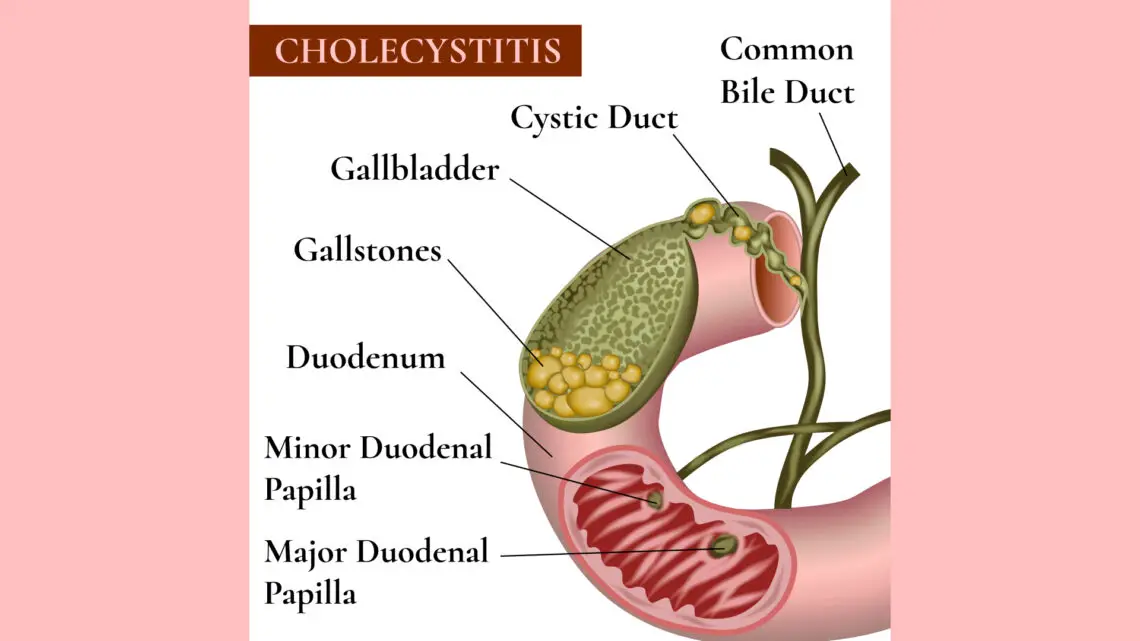
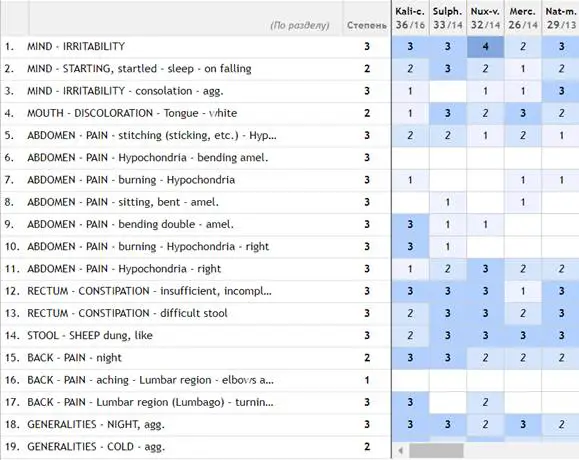
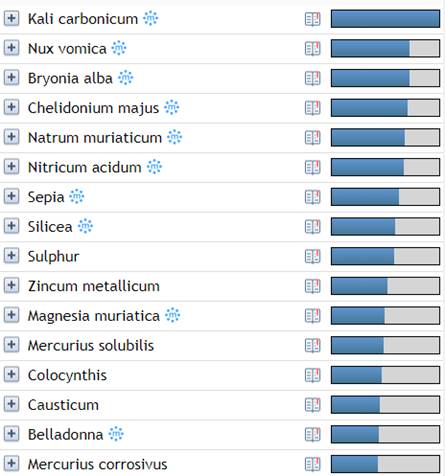
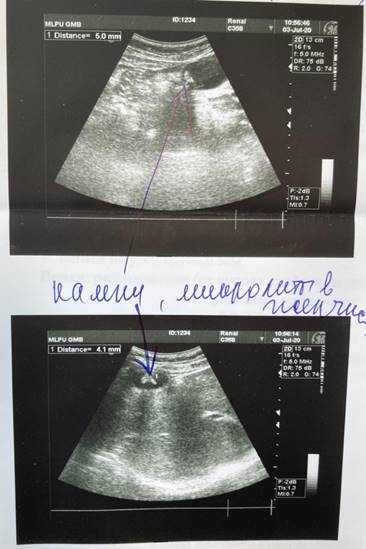
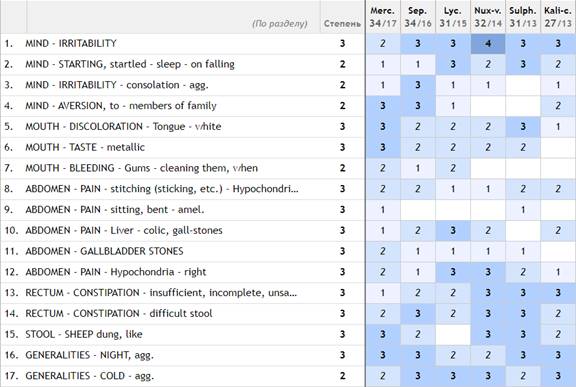
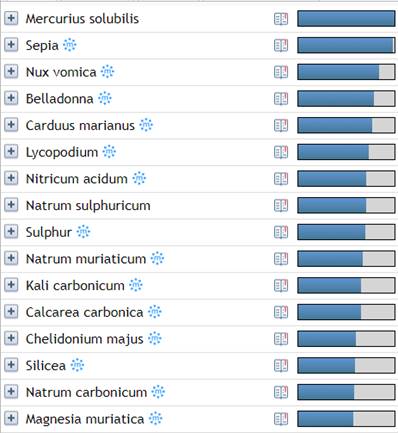


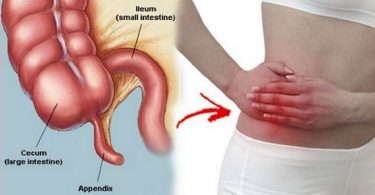
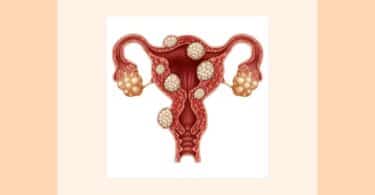

Nice case presentation!!! Congratulations 🎉